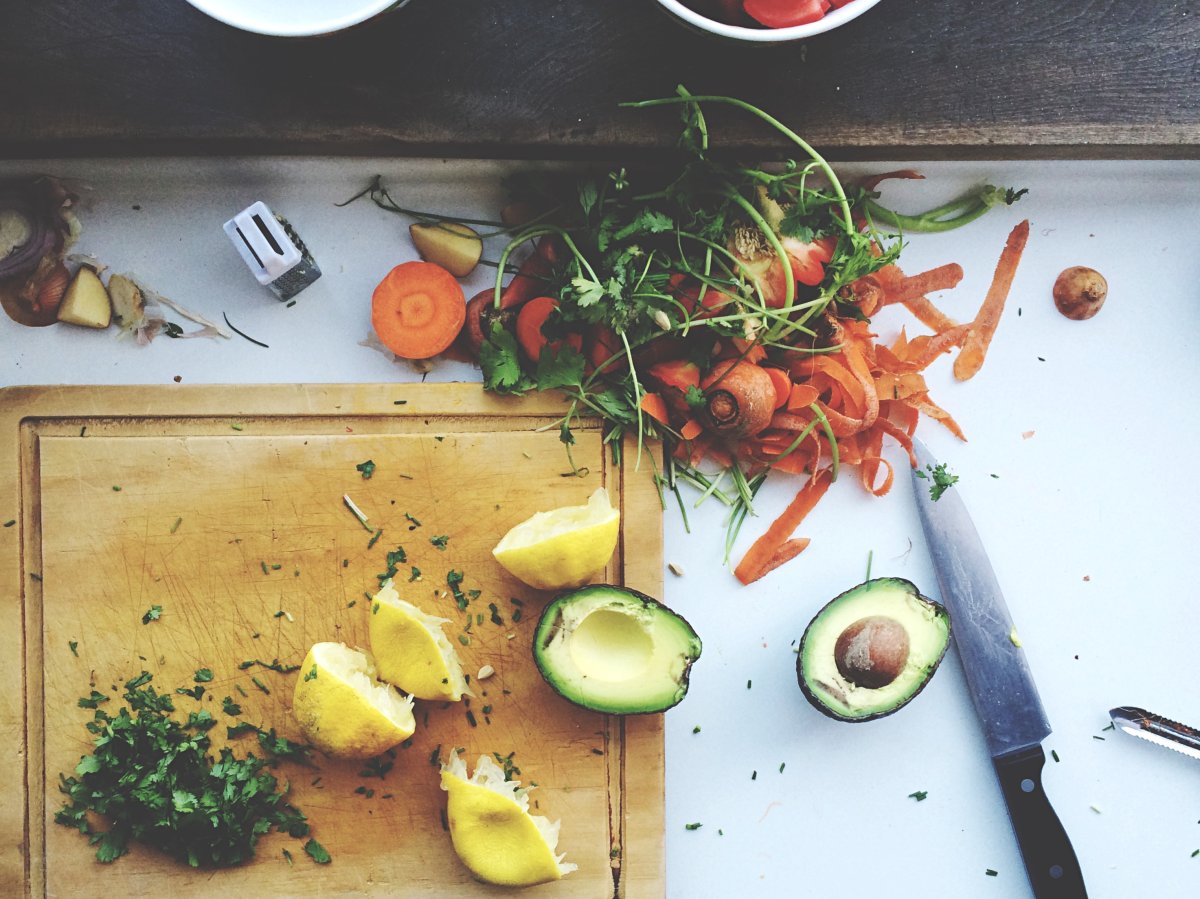$1,100. That’s the value of edible food thrown away by the average Canadian household per year. “There’s a great environmental cost to discarding food. In the landfill, it generates greenhouse gases harmful to the environment and it costs a great deal to discard food and operate the landfill,” says Malcolm Brodie, chair of the Vancouver-based National Zero Waste Council.

So how can we cut back on the 470,000 heads of lettuce, 1.2 million tomatoes, 2.4 million potatoes and more that Canadians throw away daily? We spoke with waste management experts to get their ideas on how to save more and throw out less food.
- GET PLANNING: Scheduling your meals for the week is one way to start. “Make a list for shopping or if you don’t make a list, buy less than you need because you will always buy more otherwise,” says Lori Nikkel, chief executive officer of Toronto-based Second Harvest, a food rescue charity.
- THINK FRESH FIRST: Buy fresh vegetables in smaller amounts and get some help for remaining dishes from frozen vegetables. Ditto your proteins —use up perishables such as seafood and meat early in the week while they’re fresh. This leaves dairy, eggs and other proteins for later in the week when you need another meal.
- ADJUST YOUR FRIDGE: Balance your produce drawers if you can — stash wilt-prone vegetables such as leafy greens in the high humidity drawer and keep fruits and vegetables that produce ethylene, like apples and peppers, in a low humidity drawer. While adjusting your settings, set your fridge at 4 degrees Celsius or lower to keep food fresh longest.
- MAXIMIZE YOUR FREEZER: “All food freezes,” says Nikkel. “As soon as you put it in the freezer, you elongate the life of the food.” (More specifically, Love Food Hate Waste campaign notes that bread can freeze for three months, chicken for nine months and most vegetables can stay in the freezer for eight months to a year.)
- RETHINK LEFTOVERS: “Don’t be afraid of leftovers — they save you money and then stay out of the Green Bin,” says Matt Keliher, general manager of solid waste management services for the City of Toronto. Or instead of lunching on your leftovers, give them new life — tonight’s leftover taco filling could mix with pasta and cheese for tomorrow night’s casserole.
- TRANSFORM PRODUCE: When it comes to produce, fruits and vegetables that aren’t at their peak freshness can still be consumed. Chopped-up fruit can find life again in smoothies, baked goods or pancakes/waffles while the same goes for chopped vegetables, only put them in soups, stews and pastas.
- REFRESH AND REVIVE: You an also try reinvigorating your food if it’s hung out in the fridge too long. Soaking wilted vegetables such as celery, lettuce, broccoli or carrots in a bowl of ice water for even 10 minutes can bring them back to life. (Ditto heating up stale chips, crackers and even bread in the oven for a few minutes, reports the site Love Food Hate Waste.)
- READ THE LABEL: Know the difference between “Best Before” and “Expiry Date.” “With expiry dates, you shouldn’t eat the food after that. Not because it’s poisonous but because it’s based on the nutrients involved. After the expiry date, the nutrients become less,” says Nikkel. “But the best before date is very arbitrary. Those dates are mandated by the manufacturer and it’s what they determine as the peak moment of freshness. They’re incredibly conservative dates.” So if your package hasn’t been opened even after the best before date, it can still be good to eat as long as it’s been stored properly (i.e. not in the sun, etc.)
- PRACTICE PORTION CONTROL: Whether you’re eating at home or in a restaurant, choose the size of your portions conservatively suggests Keliher. That way, untouched food can generally go back to the fridge to be eaten another day while food that’s sat on our plates, but not eaten, generally gets tossed into the green bin.
- TAKE CARE WITH KIDS: Little eaters can be notorious food wasters thanks to the practice of introducing new foods or pickier eating habits. Love Food Hate Waste suggests opting for finger foods like chicken strips because they’re harder to spill and therefore, harder to waste. Also, rather than toss out anything that falls on the floor, place a clean mat or sheet beneath your child’s chair so anything that goes overboard can be retrieved and eaten.
Want to know more about cutting down on your food waste? Visit Lovefoodhatewaste.ca for more tips and advice on cutting back on your own food waste.

